We’re excited to introduce you to the always interesting and insightful Antonio Rumie. We hope you’ll enjoy our conversation with Antonio below.
Antonio , appreciate you joining us today. We’d love to hear about a project that you’ve worked on that’s meant a lot to you.
It’s no surprise that, in the growth of an artist, you encounter the typical ‘you’re not ready’ and ‘how are you going to do this or that?’ questions, and their countless variations. In fact, during my first year of college, I faced this exact pattern, and the pressure led me straight to the hospital.
It all began the day I decided to direct my first play, The Play That Goes Wrong: Haversham Manor. An ambitious production, to say the least. It’s a highly esteemed Broadway comedy with intricate stunts, an elaborate set, a talented cast and crew, and, most importantly, time to carry it out. None of these things were truly within my control. Yet, in my young, enthusiastic mind, there were no limits. I was determined to do it all, confident enough to fight for it.
Convincing the board to approve was the first step, and they made it crystal clear I stepped out of that room knowing they had high expectations. I thought the challenges would mainly come from balancing my schoolwork, responsibilities, and managing the production, but the journey proved me wrong. And I hate being wrong.
Casting was the next hurdle, and alongside my assistant director, we assembled what I believe was the perfect cast for the project. Everything was going smoothly and there was this unique excitement among the student body, a thrill to the first ever production of The Play That Goes Wrong. Just as the momentum was building I had to leave the country for a while. The stress began creeping in, but I kept rehearsals and production meetings running remotely.
When I came back I stumbled across the next blow, a strict no stunts policy. It was one of the biggest setback, because the physical comedy and the stunts are the essence of the play. From throwing an unconscious body through a window to bashing an actor against a wall, we had rehearsed every detail for weeks, only to have to rearrange them without losing the comedic heart.
Another obstacle was the set itself. Its size/how it looked, props, and availability determined how the ‘stunts’ would work, and we only gained access to the theater a week before the show and only then we were able to finally try them out. In the final week, the unthinkable happened: one of my actors informed me they couldn’t perform due to personal matters. I scrambled for a replacement, while having the weight of the production and team on my shoulders, and the constant reminder of those ‘high expectations’ came crashing down.
The stress caught up with me. I developed chronic vertigo and an ear infection, which I only ignored to focus on the play. By opening night, I was in the hospital, feeling like I had hit rock bottom and failed.
But when I was finally released I rushed to the theater, and when I walked in I saw the thing that till this day made this experience the most meaningful in my carear. The stage was set, the cast was ready, and the energy backstage was electric. For the first time, I was able to step back, take a seat and simply observe. Everything I had worked so hard for was coming to life through the incredible effort of my team. I could let go.
This project is the most meaningful I’ve ever done because it taught me to have faith in others, to trust the process, and to take things one step at a time. In this industry, we’re often thrown into the unknown, tasked with steering a ship without a wheel. But if there’s one thing I’ve learned, is that every person carries a small piece of that wheel.
All in all, the show was a resounding success. Every night brought a full house, laughter in every corner, and I felt accomplished. It reminded me why I love this craft: not to seek perfection, but to embrace the uncertain. Because only then, The Play That Goes Wrong, could be so incredibly right.
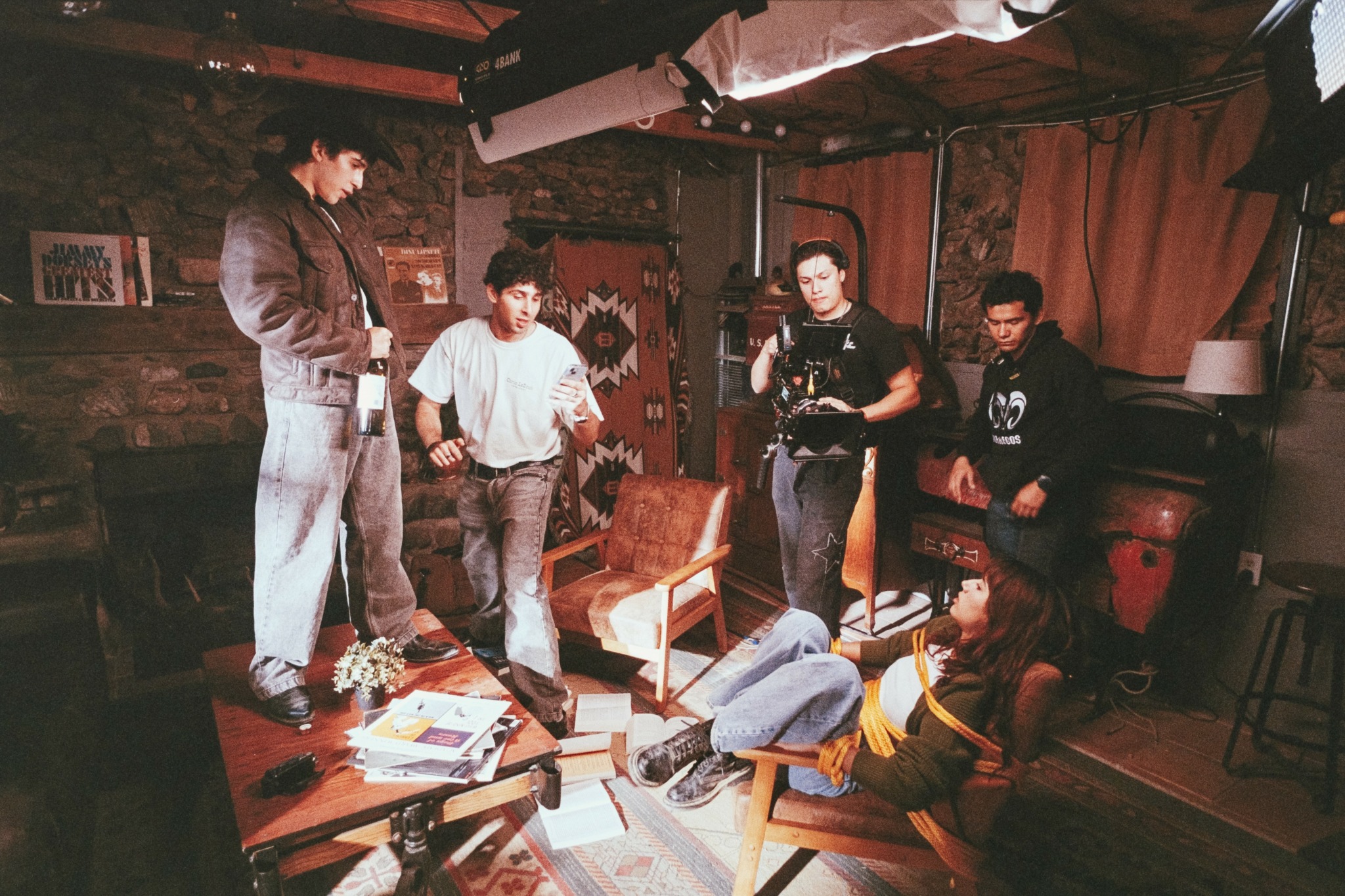
Awesome – so before we get into the rest of our questions, can you briefly introduce yourself to our readers.
I was born in Cali, Colombia, and grew up fortunate enough to live across South America, immersing myself in diverse cultures and forming lasting connections. If there is one thing that stayed with me from that experience was the understanding of how unique and transformative art can be in every corner of the world. Each place had its own way of storytelling, and even the smallest of differences had a profound impact on expression. Witnessing this firsthand, I knew early on that art was what I wanted to dedicate my life to.
My journey began in theater, participating in school productions like Rock of Ages and Pitch Perfect. By high school, I had started dance and singing lessons, immersing myself in the world of the stage. While performing had a special place in my heart, I was always fascinated by film. As a child, I would memorized movies entire dialogue, id wear spurs one day and a police badge the next. Film became the one place where I could transform into a different character each day.
When it came time to choose a career path, there was no hesitation. Life brought me to Los Angeles, the heart of film, where I pursued a Bachelor’s in Acting at the New York Film Academy. Though acting was my major, I was fortunate enough to explore every aspect of the craft. It was during this time that I realized my drive extended beyond performance—I fell in love with the entire process of creating films.
Since then, I’ve ventured into writing, modeling, wardrobe and set design, and directing for both stage and film. My experiences include working on music videos, short films, and collaborating with incredibly talented individuals from diverse backgrounds. Each project has shaped me and pushed me to grow as an artist and storyteller.
Today, I try and embrace every opportunity I come across and contribute across different roles on set. I am currently working on a science fiction novel, have several feature length screenplays under my name and continue to seek new projects and challenges to grow creatively.
My ultimate aim is to evoke the same sense of connection I felt when experiencing art across different places. To provide that cathartic power that is storytelling, capable to unite and enrich communities.
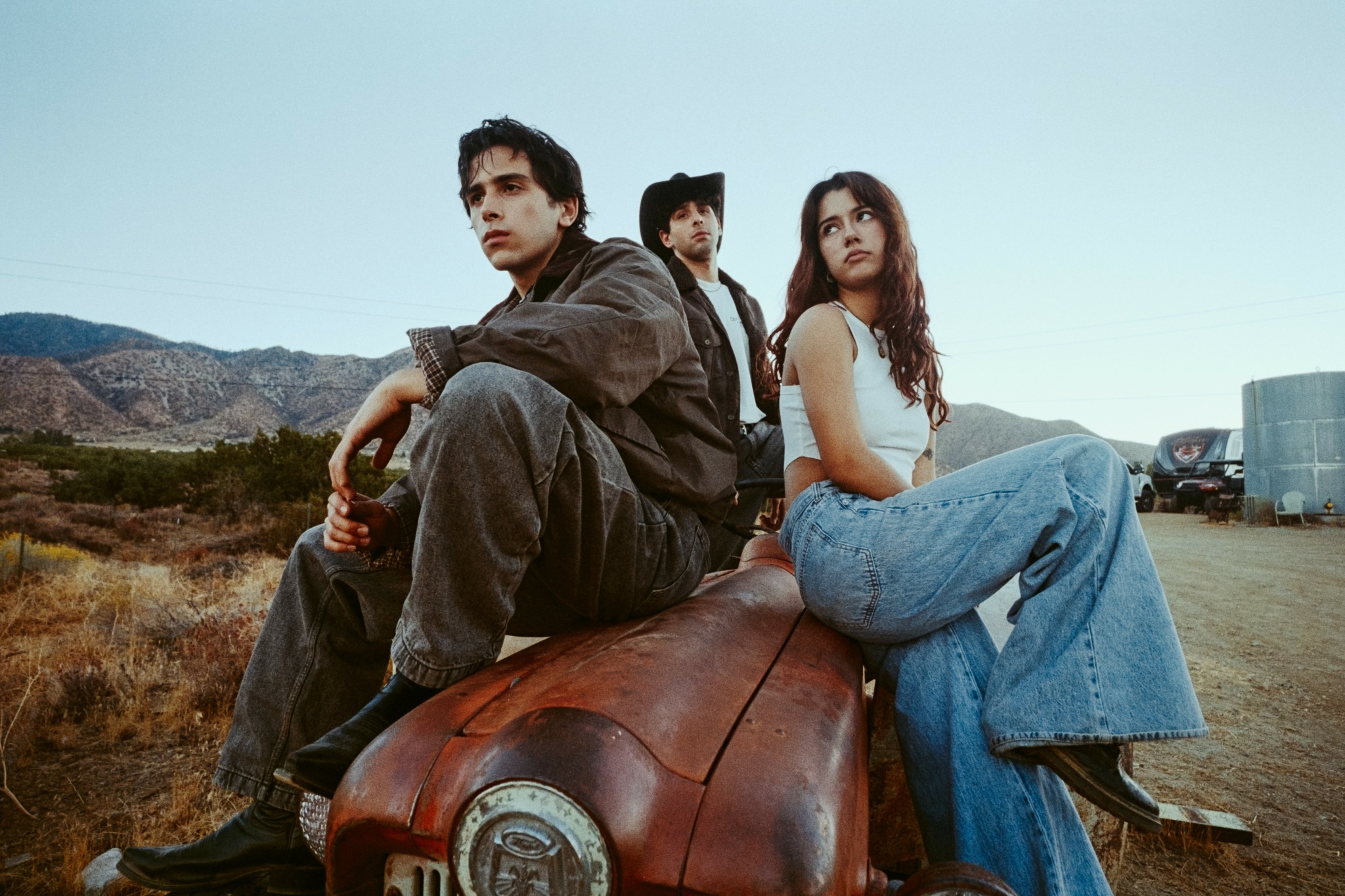
What do you find most rewarding about being a creative?
The act of giving back. Art is the only medium with the power to transcend its surface form and touch the soul of an individual. It has the capacity to end wars, carry the torch of a revolution, enlighten minds, or simply bring laughter or tears to someone who needed it the most.
The most rewarding aspect is witnessing this effect firsthand. Seeing how a piece of art can start in one place and end in an entirely different one. It’s one of the few fields where the outcome is completely out of your hands. Even if my initial purpose isn’t met, the beauty lies in how each person digests and internalizes the work. Watching art take on a life of its own is the heart of my craft and the reason I continue creating.
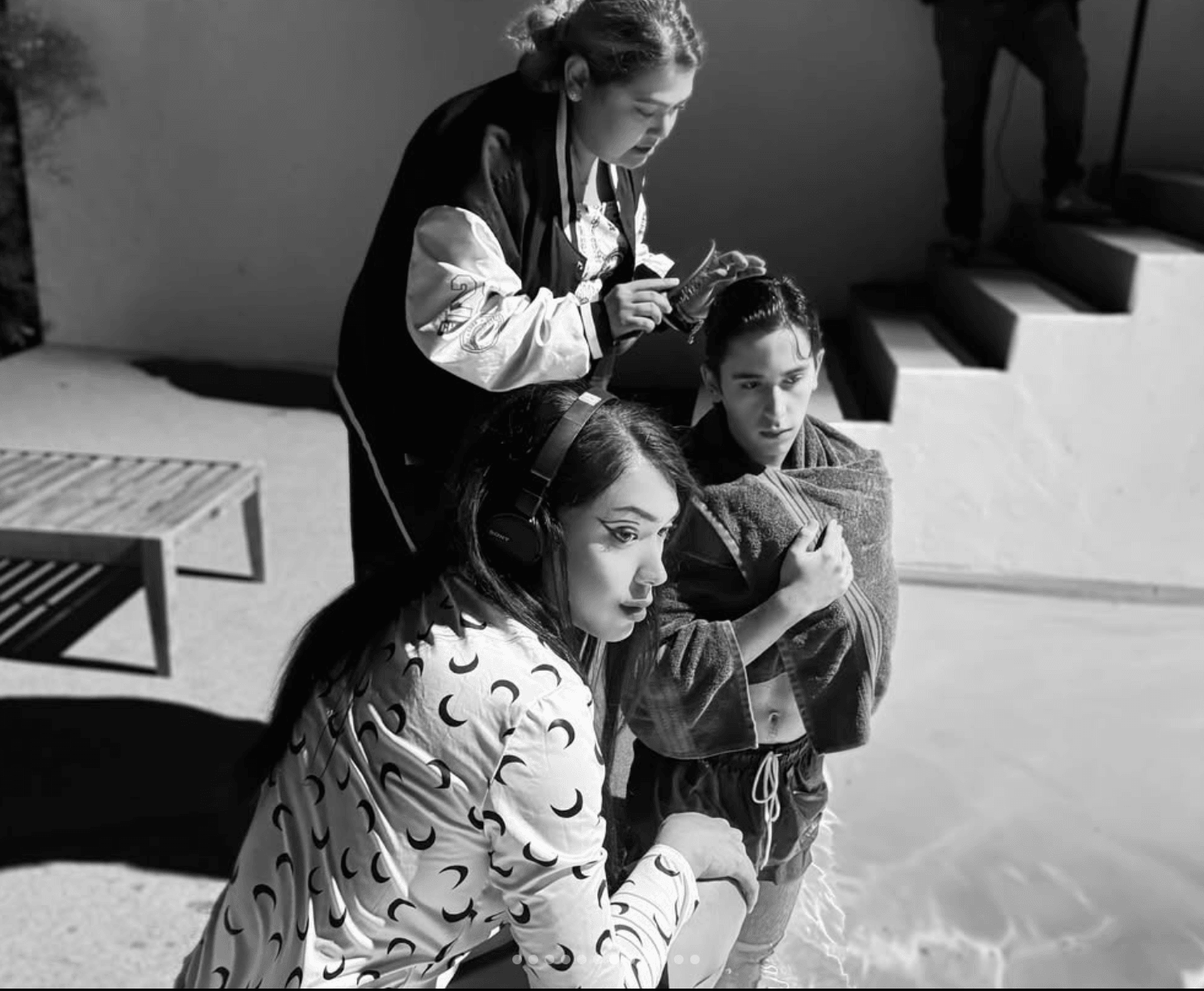
How about pivoting – can you share the story of a time you’ve had to pivot?
Growing up outside the world of showbiz, with the idea of ‘film’ feeling like such a distant dream, it wasn’t something normal or tangible in my culture and environment. It’s natural to doubt the likelihood of reaching a world that has always felt so foreign.
While my family was always supportive of my decisions, there were several points in my life where I felt the need to pivot due to those worries. At one point, I aspired to become a doctor, even getting the chance to observe a live open surgery. Then, I shifted to law, partaking in Model United Nations and Socratic seminars, only to then shift once more into professional gaming and so on.
In the end, after bouncing between so many fields, I realized I was training to becoming an actor all along. Every pivot brought me closer to the path I was meant to take. So in reality the world of film wasn’t my career choice per se, but a range of explorations that eventually showed me who I was meant to be.
Contact Info:
- Instagram: @tonyrumie
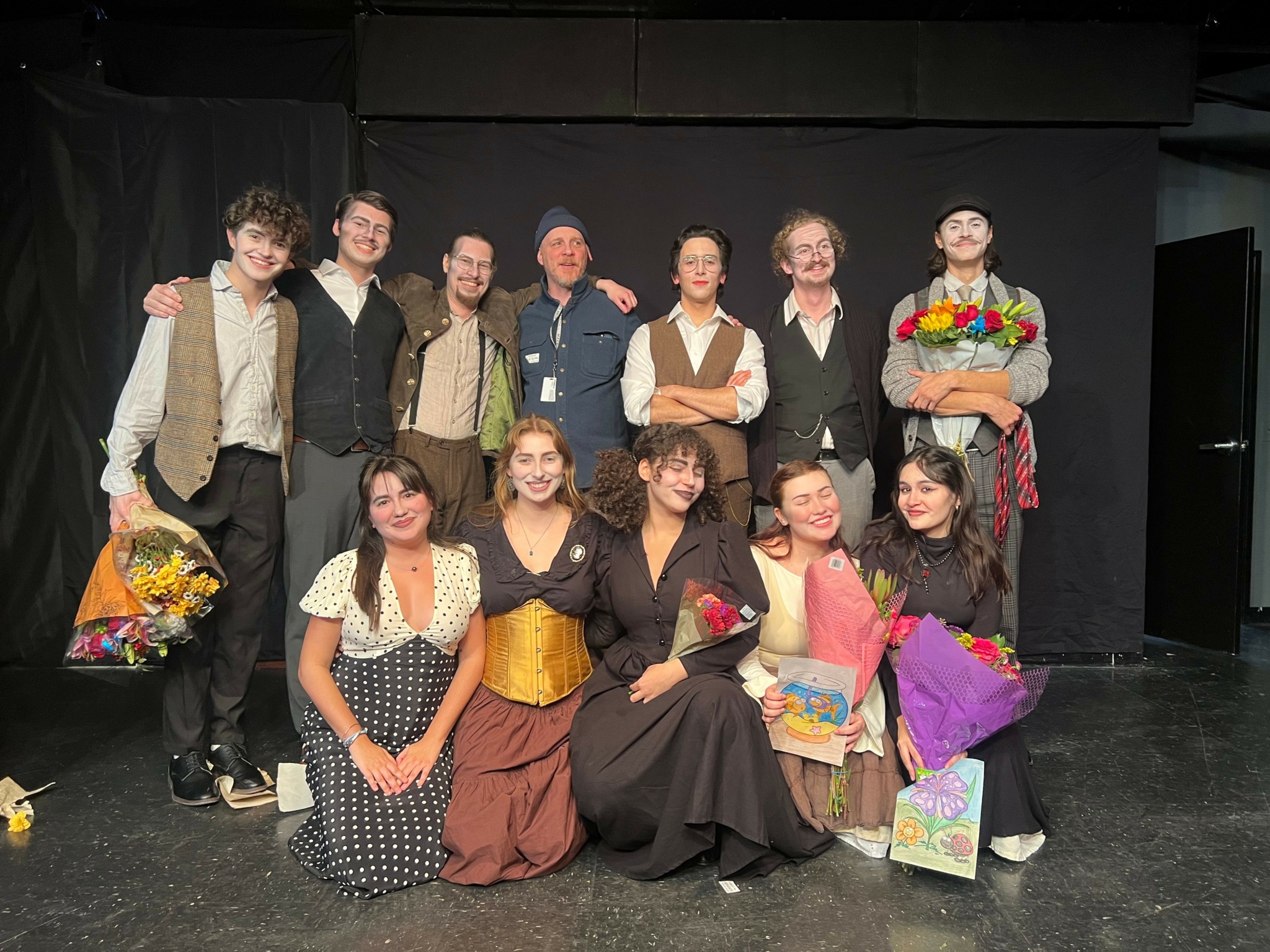
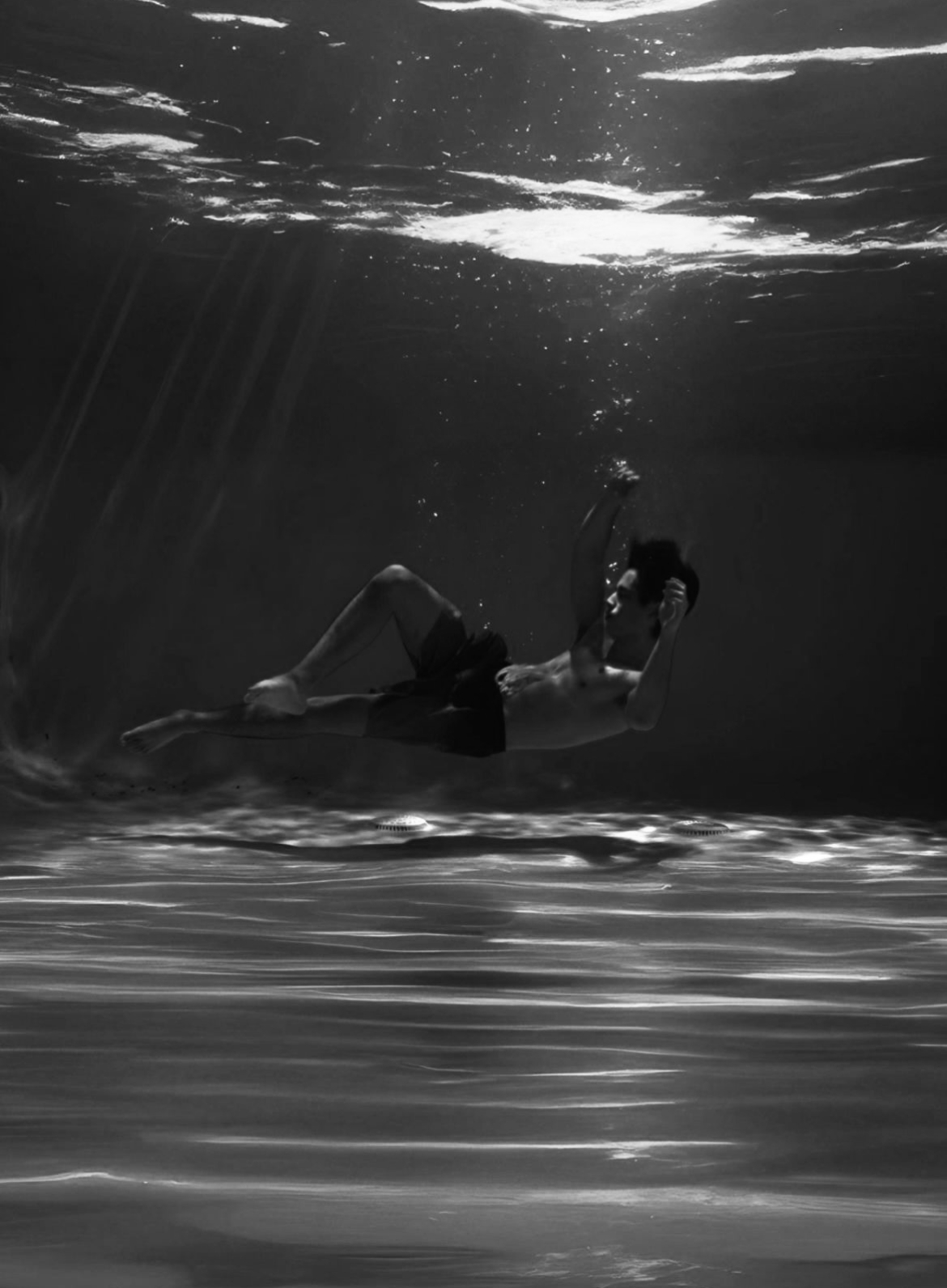
Image Credits
Bassel Malhas and Arsen Diushekeev


